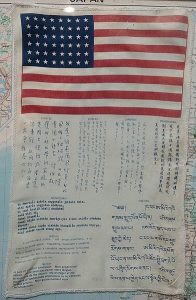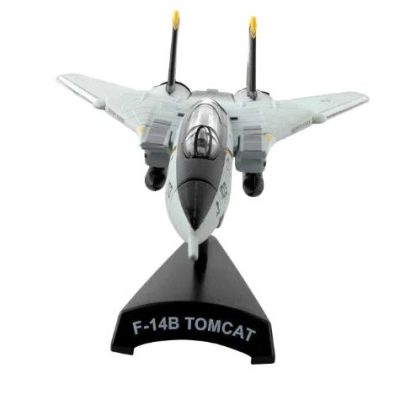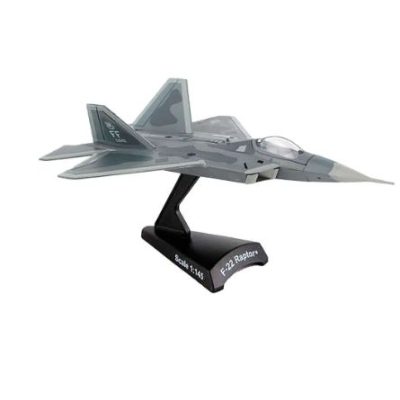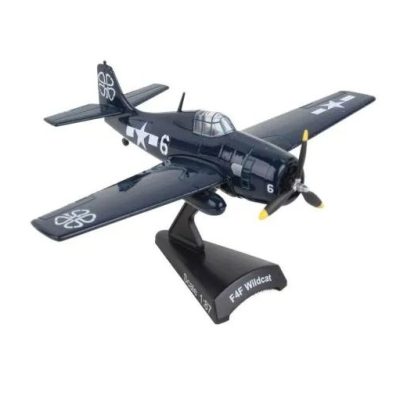Description
Smithsonian B-25 Mitchell Die-Cast Model
Type of Aircraft: Medium Bomber, Anti-Submarine Warfare, Maritime Patrol Aircraft
Nation of Origin: USA for USAAC (United States Army Air Corpse, U.S. Marine Corpse, Royal Air Force, Soviet Air Force
Period: WW-II
Produced: From: 1941 to: 1945.
Role: Medium Bomber
Manufacturer: North American
Historical Data of Aircraft:
From Wikipedia, the free encyclopedia
The North American B-25 Mitchell is an American medium bomber that was introduced in 1941 and named in honor of Brigadier General William “Billy” Mitchell, a pioneer of U.S. military aviation. Used by many Allied air forces, the B-25 served in every theater of World War II, and after the war ended, many remained in service, operating across four decades. Produced in numerous variants, nearly 10,000 B-25s were built, It was the most-produced American medium bomber and the third most-produced American bomber overall. These included several limited models such as the F-10 reconnaissance aircraft, the AT-24 crew trainers, and the United States Marine Corps’ PBJ-1 patrol bomber.
The most notable use of the B-25 Mitchell was on the Doolittle Raid that took off from Air Craft Carrier USS Hornet on April 18, 1942 to bomb Tokyo, Japan. After dropping bombs on Tokyo, the Doolittle Raiders were to fly to China where they were be given assistance by the Chinese. The crews had Blood Chit sewn into their flight jackets in the local language. Informing the local people that they were American Pilots.

From Wikipedia, the free encyclopedia





